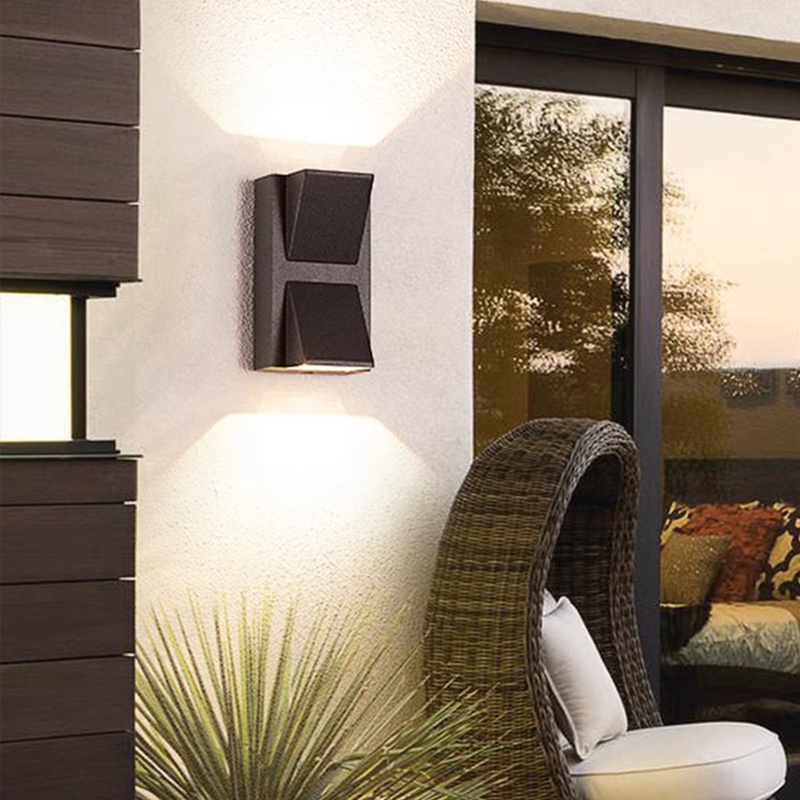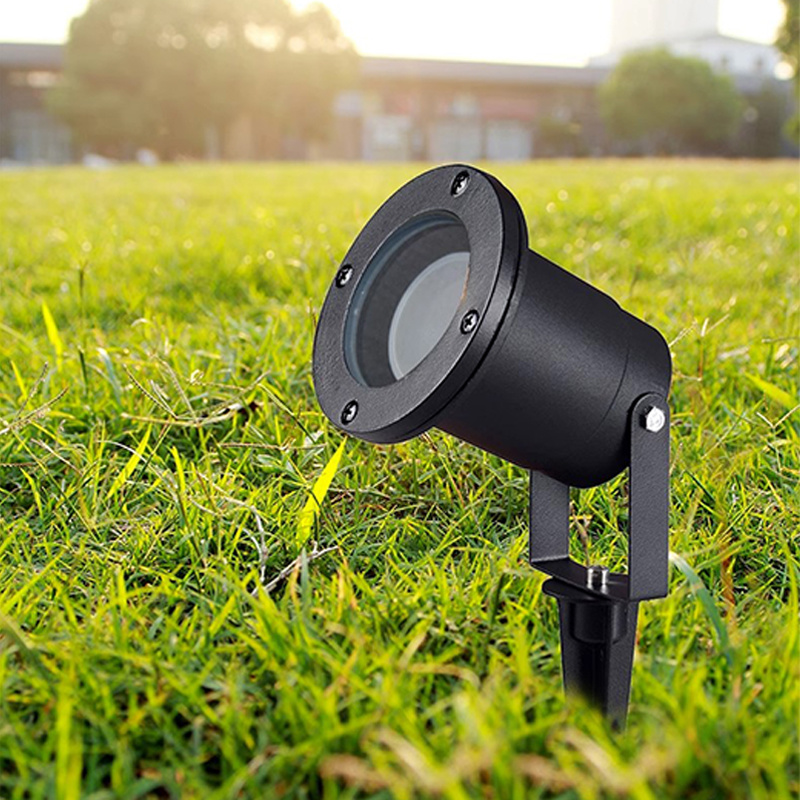language
English
العربية
বাংলাদেশ
Български
Hrvatski
Česky
Dansk
Nederland
 Esperanto
Esperanto
Slovenski
Filipino
Suomi
Français
Maori
 Shqiptare
Shqiptare
Georgian
 Euskara
Euskara
Deutsch
Ελλάδα
ישראל
इंडिया
Magyarország
Ísland
Indonesia
Irlanda
Italia
日本語
Sovensko
Հայաստան
한국
Kyrgyz
ປະເທດລາວ
 Zulu
Zulu
Latvian
Lithuanian
Luxembourgish
 Latinus
Latinus
Macedonian
Малайская
Maltese
Монгол улс
 Cymraeg
Cymraeg
ဗမာ
 தமிழ்
தமிழ்
नेपाल
Norge
ایران
Polska
Portugal
România
Российская
Србија
 Slovak
Slovak
Србија
 Slovak
Slovak
Bosanski
Slovenian
Беларус
España
Sverige
Точик
ประเทศไทย
Türk
Azərbaycan
Uzbek
 Afrikaans
Afrikaans
Việt Nam
Maximizing Small Spaces with Strategic LED Wall Light Placement: A Comprehensive Guide
Time:
2025-11-21
Maximizing Small Spaces with Strategic LED Wall Light Placement
Understanding the Importance of Lighting in Small Spaces
In the realm of interior design, lighting plays a pivotal role, especially in small spaces. The right lighting can not only make a room feel larger but can also enhance its functionality and aesthetic appeal. **LED wall lights** are an optimal choice for illuminating compact areas due to their versatility, energy efficiency, and sleek designs.
Why Choose LED Wall Lights?
LED wall lights have gained popularity for several compelling reasons:
- **Energy Efficiency**: They consume less power compared to traditional lighting options, leading to lower electricity bills.
- **Longevity**: LEDs have a longer lifespan, reducing the frequency of replacements.
- **Variety of Designs**: Available in numerous styles, colors, and intensities, they can match any interior décor.
Maximizing small spaces begins with understanding how to leverage these advantages effectively.
Strategic Placement of LED Wall Lights
Creating an Illusion of Space
One of the most effective techniques to maximize small spaces is to create an illusion of depth and height. Strategic placement of LED wall lights can help achieve this objective.
Use Uplighting to Draw the Eye Upward
Installing LED wall lights that cast light upward can make ceilings appear higher than they are. This technique draws the eye upward, creating a feeling of openness. Consider placing these fixtures near corners or along walls to enhance the sense of verticality.
Highlight Architectural Features
If your small space has architectural features like alcoves, niches, or textured walls, illuminate them with LED wall lights. This not only enhances their beauty but also draws attention away from the limited size of the room.
Layering Lighting for Depth and Functionality
Effective lighting in small spaces often involves layering different types of light. A combination of ambient, task, and accent lighting creates a well-rounded illumination scheme.
Ambient Lighting
Begin with ambient lighting, which provides a base level of light for the entire room. LED wall lights can serve as an ideal ambient source. Consider mounting them at eye level or slightly above for an even distribution of light.
Task Lighting
For functional areas such as reading corners, desks, or kitchens, integrate task lighting. Wall-mounted LED lights can illuminate these areas effectively without taking up valuable floor space.
Accent Lighting
Accent lighting adds drama and interest. Use LED wall lights to highlight artwork, plants, or decorative elements. This not only draws attention to specific areas but makes the room feel more dynamic.
Color Temperature and Brightness: Setting the Right Mood
Choosing the right color temperature and brightness is crucial in maximizing small spaces with LED wall lights.
Understanding Color Temperature
Color temperature is measured in Kelvin (K). For small spaces, it’s essential to select the right hue:
- **Warm White (2700K-3000K)**: This range creates a cozy, inviting atmosphere, suitable for living rooms and bedrooms.
- **Cool White (4000K-5000K)**: Ideal for kitchens and workspaces, this range offers a more energetic, focused light.
Adjusting Brightness for Different Activities
Utilizing dimmable LED wall lights allows you to adjust brightness based on the time of day or activity. Brighter settings are great for tasks, while softer lighting is perfect for relaxation.
Design Tips for Integrating LED Wall Lights
Choosing the Right Fixtures
The design of the LED wall light itself can significantly impact how it fits into your space. Opt for fixtures that:
- **Complement Your Decor**: Select styles that blend seamlessly with your existing interior design.
- **Don't Overwhelm the Space**: Choose streamlined designs that provide light without taking up visual space.
Flush Mounts vs. Sconces
Flush mounts are ideal for low ceilings, taking up minimal space. Sconces, on the other hand, can add flair while providing directed light. Assess your space to choose the best fixture type.
Incorporating LED Wall Lights into Different Rooms
Different rooms require different lighting approaches. Below are tailored strategies for various areas.
Living Room
In the living room, use LED wall lights to create a warm, inviting atmosphere. Place them on either side of a sofa to create a balanced look and enhance relaxation.
Kitchen
In the kitchen, task lighting is essential. Mount LED wall lights above countertops or cooking areas for optimal illumination.
Bedroom
For bedrooms, soft, warm light is vital for creating a serene environment. Wall-mounted bedside lights can eliminate the need for bulky table lamps while providing sufficient light for reading.
Hallways and Corridors
In narrow hallways, LED wall lights can help guide the way while adding decorative elements. Choose fixtures that provide illumination without being too overpowering.
Maintenance and Installation Considerations
Easy Installation of LED Wall Lights
Installing LED wall lights is often a straightforward DIY project. However, it’s essential to consider:
- **Wiring**: Ensure you have the right tools and knowledge to do the wiring safely. If unsure, consult an electrician.
- **Mounting Height**: Consider the height at which you mount the lights for optimal effectiveness and aesthetics.
Maintaining Your LED Wall Lights
Maintaining LED wall lights is generally simple. Regular dusting and occasional checks for loose fittings can ensure longevity. Since LEDs are energy-efficient, they require minimal upkeep.
Innovative Ways to Use LED Wall Lights in Small Spaces
Utilizing Smart Technology
Integrating smart LED wall lights allows for greater control over your lighting. Use apps or voice commands to adjust brightness, color, and scheduling, enhancing convenience and flexibility.
Creating a Focal Point with Lighting
Use LED wall lights to create a focal point in your small space. For instance, a well-placed wall light above a piece of art can enhance its visual appeal and draw the eye.
Practical Tips for Homeowners
Before purchasing and installing your LED wall lights, consider these practical tips:
- **Assess Your Space**: Evaluate the layout, existing furniture, and color palette to determine the best lighting solutions.
- **Experiment with Placement**: Don’t hesitate to try different placements and configurations to find what works best before making any permanent installations.
Frequently Asked Questions (FAQs)
1. How many LED wall lights do I need for a small room?
The number of LED wall lights will depend on the room's size and layout. Generally, two to four fixtures strategically placed should suffice for adequate illumination.
2. Can I install LED wall lights myself?
Yes, many LED wall lights are designed for easy installation. However, if you are unfamiliar with electrical work, it is advisable to hire a professional.
3. Are LED wall lights dimmable?
Many LED wall lights are available in dimmable options. Ensure to choose compatible dimmer switches to achieve the desired effect.
4. What is the lifespan of LED wall lights?
LED wall lights typically last between 15,000 to 25,000 hours, making them a long-lasting lighting solution.
5. Can LED wall lights work in wet areas like bathrooms?
Yes, you can find LED wall lights specifically designed for wet locations. Ensure they are rated for bathroom use to avoid moisture damage.
Conclusion
Incorporating **LED wall lights** into small spaces is an effective way to maximize both functionality and aesthetics. By strategically placing these lights, layering your lighting, and considering design elements, you can transform compact areas into inviting and spacious environments. Whether you are illuminating a living room, kitchen, or hallway, the right lighting can make all the difference. With thoughtful planning and execution, you can create a beautifully lit space that feels open, warm, and welcoming.
PREVIOUS













